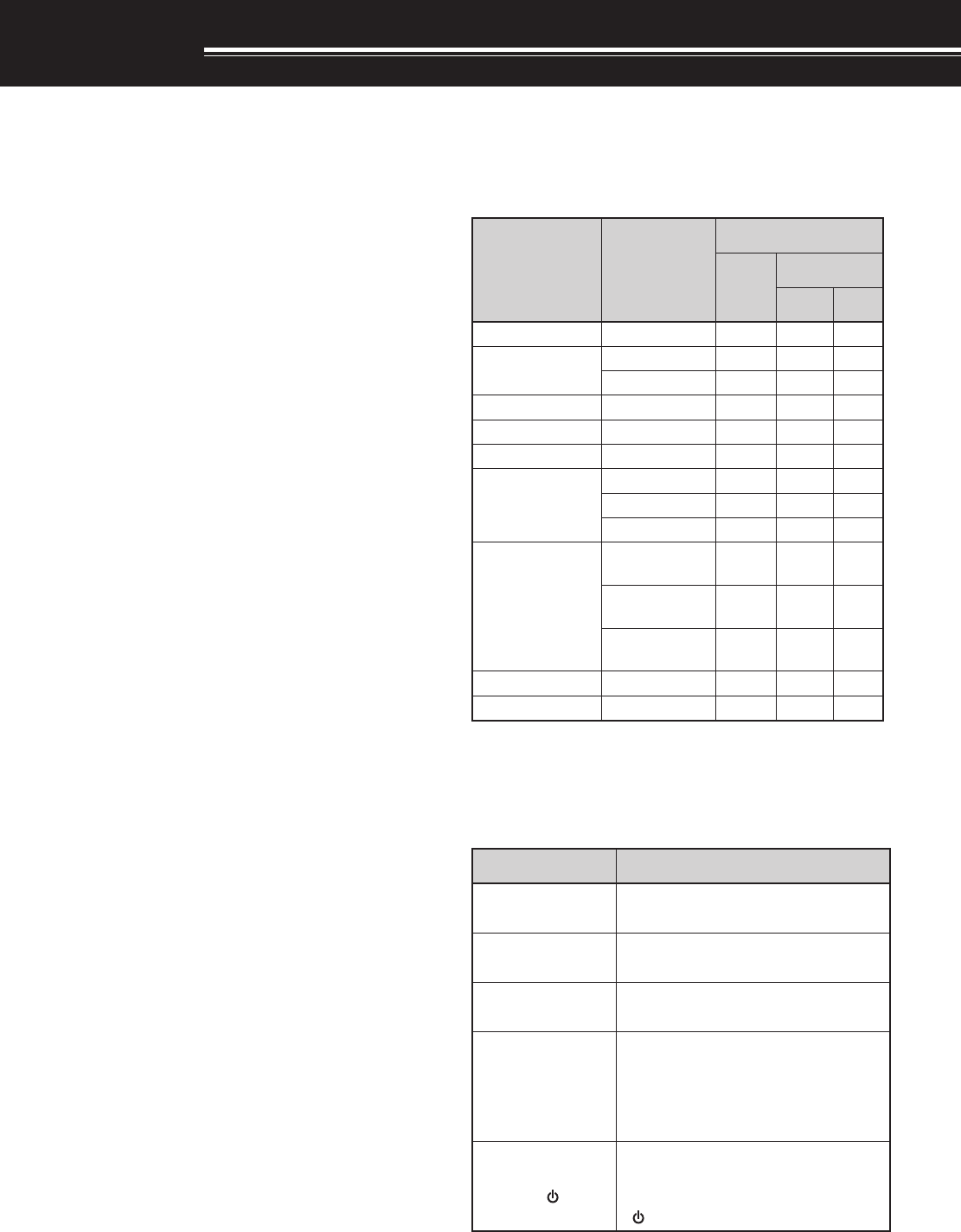
i
THANK YOU
THANK YOU
Thank you for choosing this KENWOOD TH-F6A/
TH-F7E transceiver. It has been developed by a
team of engineers determined to continue the
tradition of excellence and innovation in KENWOOD
transceivers.
First, don’t let the size fool you. This small FM
portable transceiver features 2 m, 1.25 m (TH-F6A
only), and 70 cm amateur radio band operation plus
another all-mode 100 kHz to 1.2 GHz receiver (SSB
and CW are up to 470 MHz). In the meantime, as
you learn how to use this transceiver, you will also
find that KENWOOD is pursuing “user friendliness”.
For example, each time you change the Menu No. in
Menu mode, you will see a text message on the
display that lets you know what you are configuring.
Though user friendly, this transceiver is technically
sophisticated and some features may be new to you.
Consider this manual to be a personal tutorial from
the designers. Allow the manual to guide you through
the learning process now, then act as a reference in
the coming years.
FEATURES
• Ultra compact design
• 2 m, 1.25 m (TH-F6A only), and 70 cm amateur
radio band FM transceiver operation
• A separate wide band, all-mode receiver, built-in
• Dual-frequency receive within the same amateur
radio bands
• 400 memory channels plus 34 special function
memory channels (35 channels for TH-F6A)
• Long operation period with a Li-ion battery pack
• High output power (up to 5 W operation)
• Easy to control and select various functions with
Multi-scroll key
• 9600 bps Packet-ready data (Speaker/ Mic.) jack
• Built-in VOX function
• Meets MIL-STD 810C/ D/ E, Rain, Humidity,
Vibration, and Shock
SUPPLIED ACCESSORIES
After carefully unpacking the transceiver, identify the
items listed in the table below. We recommend you
keep the box and packing material in case you need
to repack the transceiver in the future.
yrosseccA rebmuNtraP
ytitnauQ
A6F-HT E7F-HT
)K( )E( )T(
koohtleBXX-3260-92J111
annetnA
XX-1870-09T1––
XX-9870-09T–11
partSXX-2430-96J111
retliFeniLXX-7141-97L–11
yrettabnoi-iLXX-9790-90W111
regrahC
XX-7290-80W1––
XX-8290-80W–1–
XX-9290-80W––1
noitcurtsnI
launaM
XX-1441-26B
)S/E(
111
XX-2441-26B
)I/F(
–1–
XX-3441-26B
)G/D(
–1–
ecitoNETT&RXX-7622-95B–11
dracytnarraW—111
WRITING CONVENTIONS FOLLOWED
The writing conventions described below have
been followed to simplify instructions and avoid
unnecessary repetition.
noitcurtsnI oDottahW
sserP ]YEK[ .esaelerdnasserP YEK .
sserP
]1YEK[ , ]2YEK[ .
sserP 1YEK esaeler,yliratnemom
1YEK sserpneht, 2YEK .
sserP
]YEK[)s1( .
dlohdnasserP YEK arofnwod
.dnoces
sserP
]2YEK[+]1YEK[ .
dlohdnasserP 1YEK neht,nwod
sserp 2YEK eromeraerehtfI.
dlohdnasserp,syekowtnaht
ehtlitnunrutniyekhcaenwod
.desserpneebsahyeklanif
sserP
][+]YEK[ .
sserp,FFOreviecsnartehthtiW
dlohdna YEK NOhctiwsneht,
gnisserpybrewopreviecsnarteht
][ .)REWOP(
Since the amateur radio bands are slightly different
from country to country, the following meter band
descriptions are used in this manual.
• 2 m band : 144 ~ 148 MHz or 144 ~ 146 MHz
• 1.25 m band : 222 ~ 225 MHz
• 70 cm band : 420 ~ 450 MHz or 430 ~ 440 MHz


















